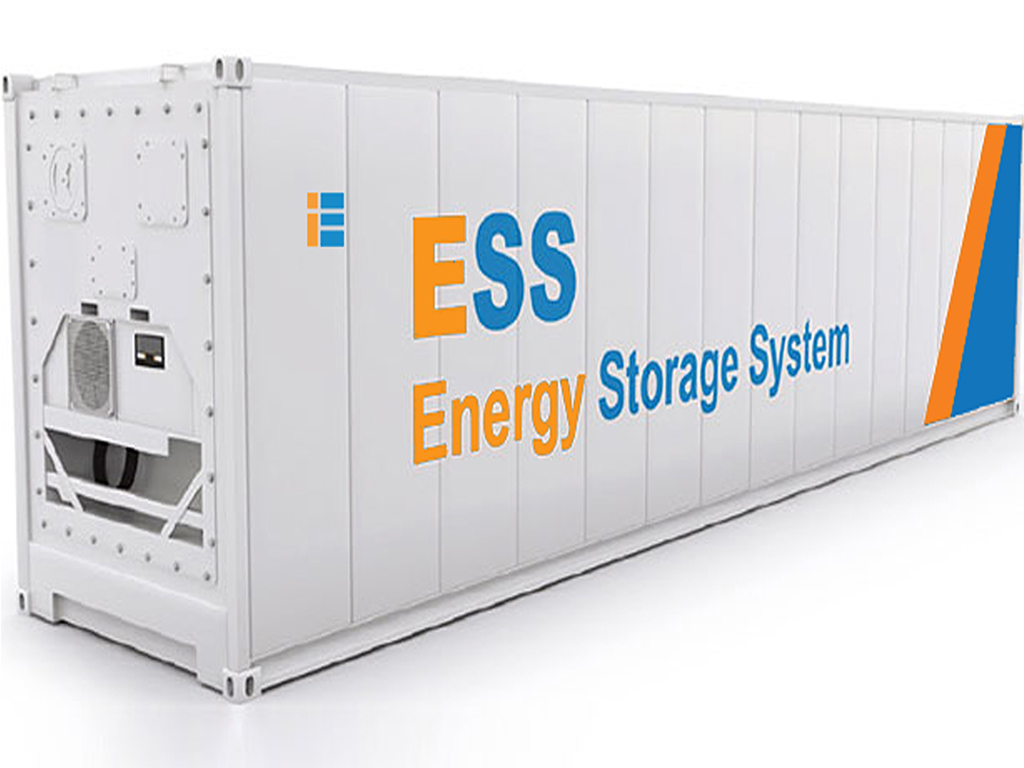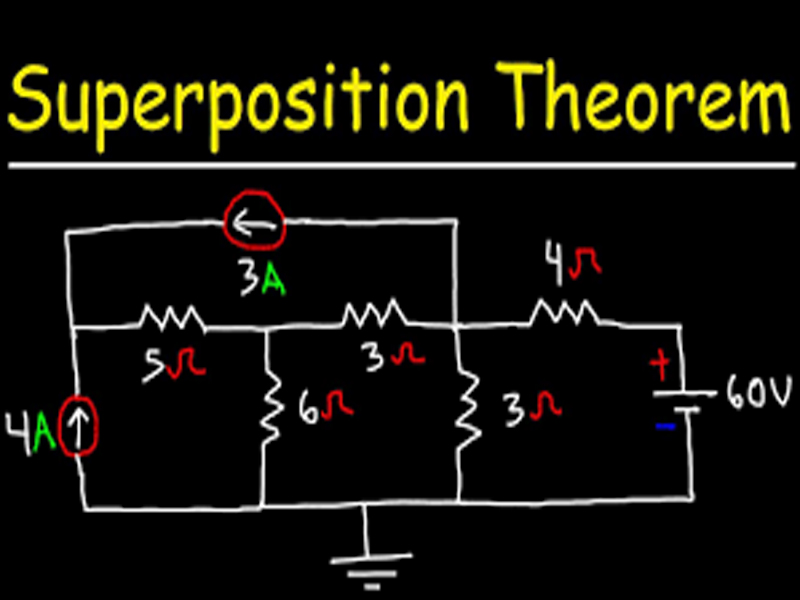Electrical & Electronics Engineering Abbreviations
AC – Alternating Current
DC – Direct Current
V – Voltage
I – Current
P – Power
R – Resistance
C – Capacitance
L – Inductance
W – Watt
Ω – Ohm (Unit of Resistance)
kV – Kilovolt (1000 Volts)
kW – Kilowatt (1000 Watts)
kVA – Kilovolt-Ampere
kVAR – Kilovolt-Ampere Reactive
MW – Megawatt (1,000,000 Watts)
MVA – Megavolt-Ampere
AVR– Automatic Voltage Regulator
BIL – Breakdown Insulation Level
Hertz (Hz) – Frequency Unit (cycles per second)
Wye or Star Connection – Three-phase electrical connection type
Delta Connection – Another three-phase electrical connection type
CT – Current Transformer
PT – Potential Transformer
GFCI – Ground Fault Circuit Interrupter
UPS – Uninterruptible Power Supply
CB – Circuit Breaker
MCB – Miniature Circuit Breaker
RCD – Residual Current Device
FLC – Full Load Current
LV – Low Voltage
EMF– Electromotive Force
EHV – Extra High voltage
FCU – Feeder Control unit
EMI – Electro Magnetic Interference
EMC – Electromagnetic Compatibility
ESD – Electrostatic Discharge
HV – High Voltage
MV – Medium Voltage
PCB – Printed Circuit Board
SWR – Standing Wave Ratio
GIS – Gas Insulated Switchgear
IC – Integrated Circuit
dB – Decibel
dBm– Decibels relative to one milliwatt
LED – Light Emitting Diode
LCD – Liquid Crystal Display
CRT – Cathode Ray Tube
MOSFET – Metal-Oxide-Semiconductor Field-Effect Transistor
BJT – Bipolar Junction Transistor
FET – Field-Effect Transistor
PCB – Printed Circuit Board
OPAMP – Operational Amplifier
DIP – Dual In-line Package
SMD – Surface-Mounted Device
VLSI – Very-Large-Scale Integration
FPGA – Field-Programmable Gate Array
ASIC – Application-Specific Integrated Circuit
PWM – Pulse Width Modulation
ADC – Analog-to-Digital Converter
DAC – Digital-to-Analog Converter
VCO – Voltage-Controlled Oscillator
PLL – Phase-Locked Loop
SNR – Signal-to-Noise Ratio
C-MOS – Complementary Metal-Oxide-Semiconductor
RF – Radio Frequency
IF – Intermediate Frequency
USB – Universal Serial Bus
RMS – Root Mean Square
ESR – Equivalent Series Resistance
FWHM – Full Width at Half Maximum
SPI – Serial Peripheral Interface
I2C – Inter-Integrated Circuit
Zener Diode – A type of diode with a specified breakdown voltage
LTE – Long-Term Evolution
5G – Fifth Generation (Mobile Network)
GSM – Global System for Mobile Communications
CDMA – Code Division Multiple Access
TDMA – Time Division Multiple Access
FDMA – Frequency Division Multiple Access
UMTS – Universal Mobile Telecommunications System
WCDMA – Wideband Code Division Multiple Access
Wi-Fi – Wireless Fidelity
WiMAX – Worldwide Interoperability for Microwave Access
VoIP – Voice over Internet Protocol
VPN – Virtual Private Network
IP – Internet Protocol
ISP – Internet Service Provider
LAN – Local Area Network
WAN – Wide Area Network
MAN – Metropolitan Area Network
FDD – Frequency Division Duplex
TDD – Time Division Duplex
MIMO – Multiple Input, Multiple Output
OFDM – Orthogonal Frequency Division Multiplexing
RFID – Radio Frequency Identification
DSL – Digital Subscriber Line
VDSL – Very-high-bit-rate Digital Subscriber Line
PBX – Private Branch Exchange
BTS – Base Transceiver Station
CSMA/CD – Carrier Sense Multiple Access with Collision Detection
- SDH – Synchronous Digital Hierarchy
ATM – Asynchronous Transfer Mode
GPRS – General Packet Radio Service
EDGE – Enhanced Data rates for GSM Evolution
HSPA – High-Speed Packet Access
LNA – Low Noise Amplifier
CPE – Customer Premises Equipment
IPTV – Internet Protocol Television
T1 – Digital Transmission Link with a rate of 1.544 Mbps
T3 – Digital Transmission Link with a rate of 44.736 Mbps
ADSL – Asymmetric Digital Subscriber Line
BPSK – Binary Phase Shift Keying
QAM – Quadrature Amplitude Modulation
QPSK – Quadrature Phase Shift Keying
CPU: Central Processing Unit
RAM: Random Access Memory
ROM: Read-Only Memory
I/O: Input/Output
CAD: Computer-Aided Design
CAM: Computer-Aided Manufacturing
AI: Artificial Intelligence
IoT: Internet of Things
IIoT: Industrial Internet of Things
Mbps: Megabits per second
Gbps: Gigabits per second
THz: Terahertz
GHz: Gigahertz
MHz: Megahertz
kHz: Kilohertz
µA: Microampere
mA: Milliampere
kA: Kiloampere
µV: Microvolt
mV: Millivolt
kV: Kilovolt
µF: Microfarad
nF: Nanofarad
pF: Picofarad
mH: Millihenry
µH: Microhenry
kΩ: Kilohm
MΩ: Megohm
rms: Root Mean Square
p-p or pk-pk: Peak-to-Peak
HV: High Voltage
LV: Low Voltage
ELV: Extra-Low Voltage
EHV: Extra-High Voltage
ANSI: American National Standards Institute
IEEE: Institute of Electrical and Electronics Engineers
IEC: International Electrotechnical Commission
NEMA: National Electrical Manufacturers Association
BIS: Bureau of Indian Standards
BS: British Standard
DIN: Deutsches Institut für Normung (German Institute for Standardization)
ISO: International Standards Organization.
ACDB: Alternating Current Distribution Board
ACB: Air Circuit Breaker
ALU: Arithmetic and Logic Unit
ATS: Automatic Transfer Switch
AVR: Automatic Voltage Regulator
BJT: Bipolar Junction Transistor
BLDC: Brushless DC (Motor)
CC: Constant Current
CFL: Compact Fluorescent Lamp
CT: Current Transformer
DCDB: Direct Current Distribution Board
DCS: Distributed Control System
DOL: Direct On Line (motor starting)
ELCB: Earth Leakage Circuit Breaker
GFCI: Ground Fault Circuit Interrupter
HMI: Human Machine Interface
HRC fuse: High Rupture Capacity fuse
HT: High Tension
JB: Junction Box
LCB: Local Control Board
LCS: Local Control Station
LT: Low Tension
MCB: Miniature Circuit Breaker
MCC: Motor Control Centre
MCCB: Moulded Case Circuit Breaker
MPCB: Motor Protection Circuit Breaker
NO: Normally Open
NC: Normally Closed
OLTC: On Load Tap Changer
PB: Push Button
PCC: Power Control Centre
PLC: Programmable Logic Controller
PT: Potential Transformer
RCCB: Residual Current Circuit Breaker
RCBO: Residual Current Circuit Breaker with Over-current Protection
SCADA: Supervisory Control And Data Acquisition
SCIM: Squirrel Cage Induction Motor
SF6: Sulphur Hexafluoride (for circuit breakers)
TPNDB: Three Phase and Neutral Distribution Board
UPS: Uninterrupted Power Supply
VCB: Vacuum Circuit Breaker
VFD: Variable Frequency Drive
VVVF: Variable Voltage Variable Frequency
VSD: Variable Speed Drive
A/D: Analog to Digital (Converter)
ADC: Analog to Digital Converter
ASIC: Application-Specific Integrated Circuit
BGA: Ball Grid Array
BIOS: Basic Input/Output System
CMOS: Complementary Metal-Oxide Semiconductor
CRT: Cathode Ray Tube
DAC: Digital to Analog Converter
DIP: Dual In-line Package
DMA: Direct Memory Access
DRAM: Dynamic Random Access Memory
DSP: Digital Signal Processor
EEPROM: Electrically Erasable Programmable Read-Only Memory
EPROM: Erasable Programmable Read-Only Memory
FET: Field-Effect Transistor
FPGA: Field-Programmable Gate Array
GPIO: General-Purpose Input/Output
GPU: Graphics Processing Unit
JFET: Junction Field-Effect Transistor
LCD: Liquid Crystal Display
LED: Light-Emitting Diode
MOSFET: Metal-Oxide-Semiconductor Field-Effect Transistor
MUX: Multiplexer
NAND: Not AND (logic gate)
NOR: Not OR (logic gate)
NTC: Negative Temperature Coefficient
OLED: Organic Light-Emitting Diode
PROM: Programmable Read-Only Memory
PTC: Positive Temperature Coefficient
PWM: Pulse-Width Modulation
SRAM: Static Random Access Memory
SoC: System on Chip
THM: Through-Hole Mounting
THT: Through-Hole Technology
VLSI: Very Large Scale Integration
2G/3G/4G/5G: Second/Third/Fourth/Fifth Generation (mobile technology)
ADSL: Asymmetric Digital Subscriber Line
AM: Amplitude Modulation
API: Application Programming Interface
ATM: Asynchronous Transfer Mode
BGP: Border Gateway Protocol
BER: Bit Error Rate
BSC: Base Station Controller
BSS: Base Station Subsystem
BTS: Base Transceiver Station
OS : Operating System
COMPUTER: common Operated Machine Particularly used for Technical Education & Research
OK : objection Killed
GPS : Global Positioning system
CATV: Cable Television / Community Antennae Television
CBR: Constant Bit Rate
CD : Compact Disc
CDMA: Code Division Multiple Access
CDN: Content Delivery Network
CPE: Customer Premises Equipment
CSMA/CD: Carrier Sense Multiple Access with Collision Detection
DSL: Digital Subscriber Line
DWDM: Dense Wavelength Division Multiplexing
FDM: Frequency Division Multiplexing
FM: Frequency Modulation
FTTC: Fiber-to-the-Cabinet
FTTH: Fiber-to-the-Home
FTTN: Fiber-to-the-Node
FTTP: Fiber-to-the-Premises
FTTx: Fiber to the X (general term for fiber deployment)
HFC: Hybrid Fiber Coax
ISP: Internet Service Provider
IMEI : International Mobile Equipment Identity
HS : Hotspot
ISDN: Integrated Services Digital Network
LAN: Local Area Network
DP : Display Picture
WiFi : Wireless Fidelity
ATM : Automated Teller Machine
USB : Universal serial Bus
LTE: Long-Term Evolution
GPRS : General Packet Radio Service
MMF: Multi-Mode Fiber
MPLS: Multiprotocol Label Switching
NOC: Network Operations Center
ONT: Optical Network Terminal
ONU: Optical Network Unit
OUI: Organizationally Unique Identifier
PCM: Pulse Code Modulation
POTS: Plain Old Telephone Service
PSTN: Public Switched Telephone Network
QAM: Quadrature Amplitude Modulation
RF: Radio Frequency
SDH: Synchronous Digital Hierarchy
SIM: Subscriber Identity Module
SIP: Session Initiation Protocol
SLA: Service Level Agreement
SMF: Single-Mode Fiber
SMS: Short Message Service
SONET: Synchronous Optical Network
TCP/IP: Transmission Control Protocol/Internet Protocol
TDM: Time Division Multiplexing
UMTS: Universal Mobile Telecommunications System
VoIP: Voice over Internet Protocol
WAN: Wide Area Network
WDM: Wavelength Division Multiplexing
Wi-Fi: Wireless Fidelity
WLAN: Wireless Local Area Network
WLL: Wireless Local Loop
WWW : World Wide Web
DVD : Digital Versatile Disc
HDMI : High Definition Multimedia Interface
ETC : et cetera

